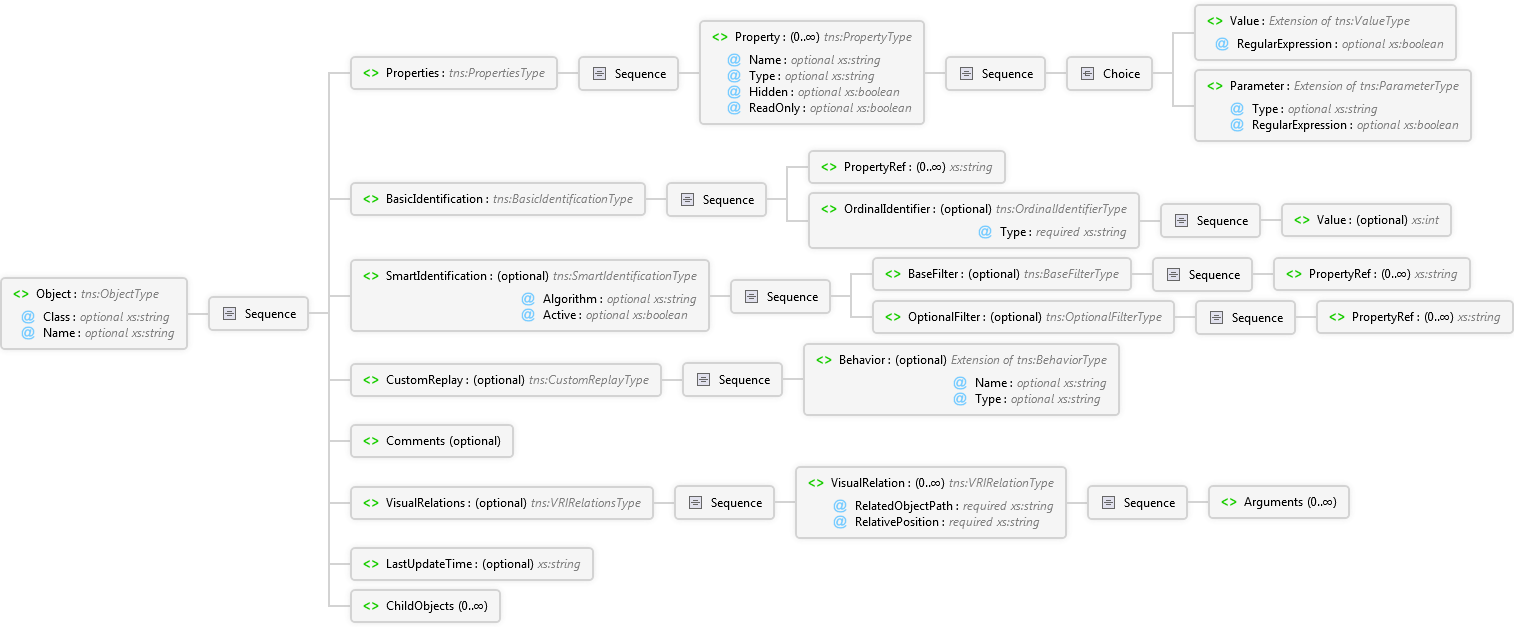| ObjectRepositorySchema Schema > ObjectType Complex Type > ChildObjects Element : Object Element |
| Namespace | http://www.mercury.com/qtp/ObjectRepository |

 |
|
|
| ObjectRepositorySchema Schema > ObjectType Complex Type > ChildObjects Element : Object Element |
| Namespace | http://www.mercury.com/qtp/ObjectRepository |

 |
|
|
Tips to improve your search results...




 UFT One Object Repository Schema ReferenceUFT One ReferenceAllView Local Help CenterView Online Help CenterAll versions
UFT One Object Repository Schema ReferenceUFT One ReferenceAllView Local Help CenterView Online Help CenterAll versions